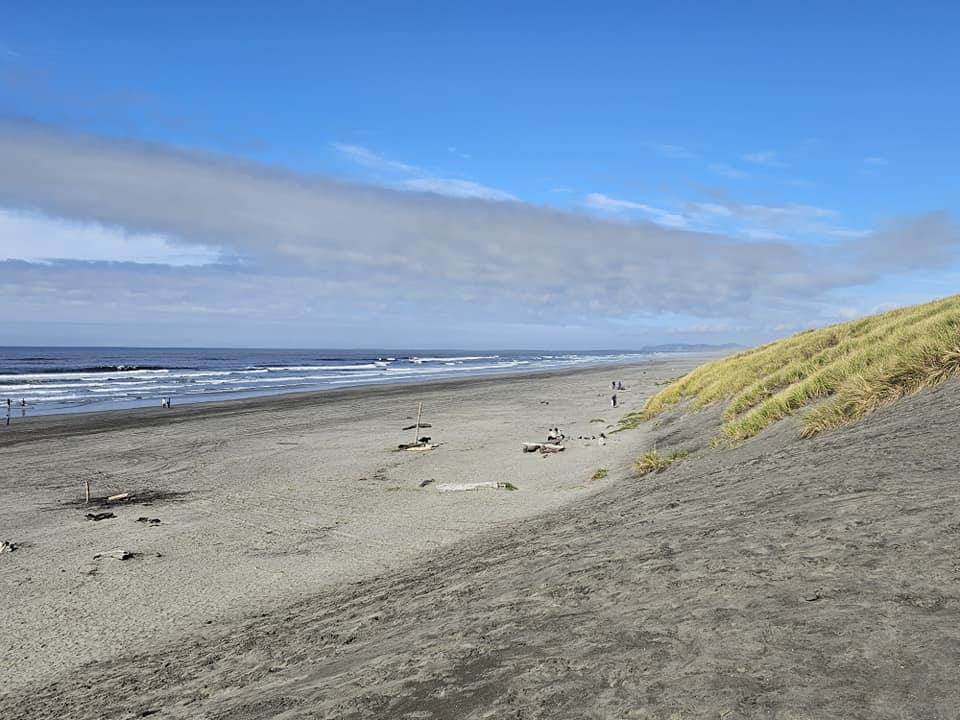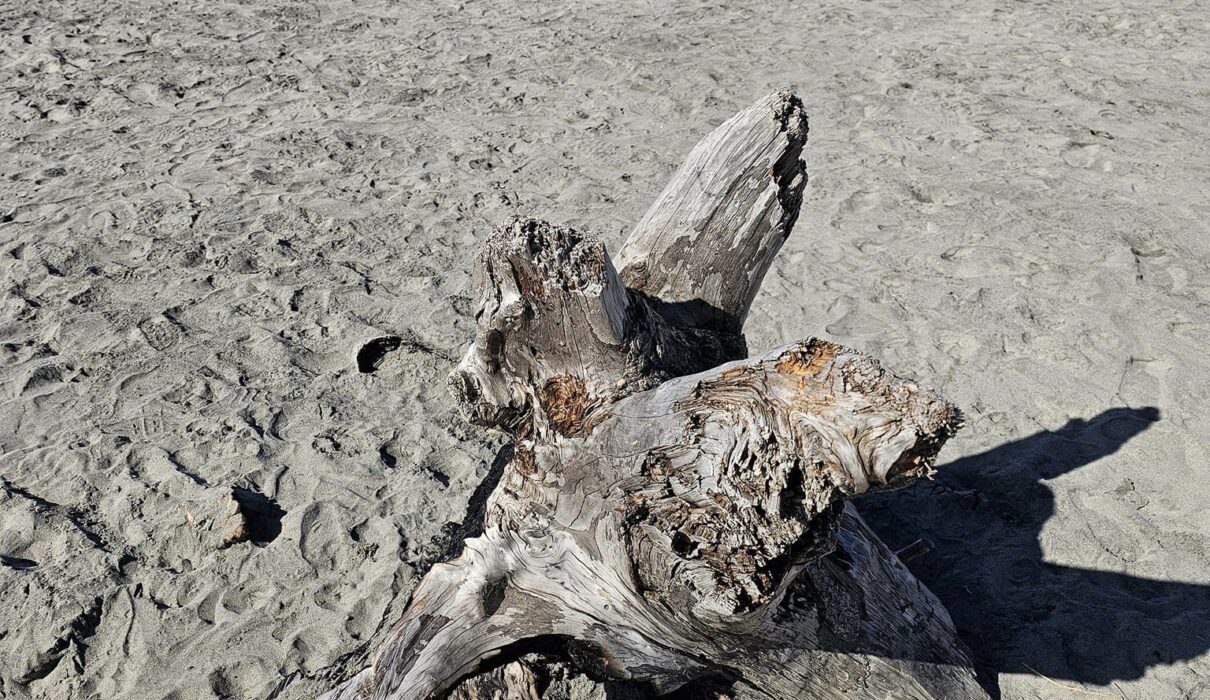If you’re craving an outdoor escape that offers both history and natural beauty, camping at Fort Stevens State Park is hard to beat. Located on Oregon’s beautiful coast, this state park is not only stunning but also steeped in unique historical elements that add an extra layer of intrigue to your trip. Imagine a place where you can camp near sandy beaches, hike through lush forests, and explore the ruins of a World War II military base—all in one spot. Sound like an adventure? Let’s dive into what makes Fort Stevens such a remarkable camping destination and how to prepare for a memorable trip.
Why Choose Fort Stevens for Camping?
Fort Stevens stands out among camping destinations for several reasons. First, it’s not just another campground; it’s a piece of history. Originally built as a military defense installation, Fort Stevens was active from the Civil War until after World War II. Today, the remnants of the old fort, including bunkers and cannons, are accessible to visitors, making it a fascinating blend of nature and history.
Beyond the historical charm, the park boasts diverse landscapes that cater to various outdoor activities. With sandy beaches, dense forests, and marshy wetlands, it’s an ideal location for hiking, wildlife spotting, and photography. Plus, there’s a breathtaking shipwreck on the beach—the Peter Iredale—which has become an iconic landmark and a must-see for visitors.

Best Time to Camp at Fort Stevens
One of the first questions campers ask is, “When’s the best time to visit?” Fort Stevens is a year-round destination, but each season offers a different experience.
- Summer (June to August): If you’re after warm weather and clear skies, summer is ideal. This season is perfect for beach activities, stargazing, and warm evenings by the campfire. However, it’s also the park’s busiest season, so be sure to book early.
- Fall (September to November): Fall brings cooler temperatures and fewer crowds. The changing leaves add a beautiful color palette to the already scenic landscapes, making it a photographer’s paradise. Just be prepared for some rain.
- Winter (December to February): Winter camping here is for the brave at heart. The park is much quieter, and the coastal storms can be intense but also breathtaking. This season offers solitude and an entirely different atmosphere if you’re up for the challenge.
- Spring (March to May): With mild weather and blooming wildflowers, spring is a great time to enjoy the trails and avoid the summer rush.
Getting Ready: Essential Gear and Packing Tips
Packing for a camping trip can feel like a balancing act between bringing enough for comfort and not overpacking. Here’s a list of essentials for a smooth and enjoyable experience at Fort Stevens.
- Camping Gear: A durable tent, sleeping bag, and sleeping pad are must-haves. Coastal weather can be unpredictable, so ensure your tent is waterproof, and your sleeping bag is rated for cooler temperatures.
- Clothing: Layering is key. Pack waterproof and windproof layers, as the coastal weather can shift quickly from sunny to rainy.
- Cooking Supplies: Many campsites have fire pits and grills, but bring a portable stove if you prefer convenience. Don’t forget cooking utensils, pots, and plenty of water.
- Outdoor Essentials: Binoculars, a camera, and a flashlight with extra batteries will enhance your experience, especially when exploring the fort’s ruins or spotting wildlife.
By having the right gear, you’ll be set to tackle Fort Stevens’s varied conditions and make the most of your camping adventure.
Top Activities to Enjoy at Fort Stevens
Fort Stevens State Park is packed with activities that cater to all ages and interests. Here are some highlights:
- Hiking and Biking: The park has over nine miles of hiking trails and numerous biking paths, winding through forests, marshlands, and along the beach. It’s a great way to get up close with local flora and fauna.
- Beachcombing and the Shipwreck: The Peter Iredale shipwreck, located on the beach, is a striking sight. At low tide, you can get a closer look and take memorable photos. Don’t forget to explore the tide pools, too!
- Historical Exploration: Step back in time by visiting the military museum and exploring the bunkers, batteries, and remains of the fort. The park offers guided tours, which are both informative and engaging.
- Wildlife Watching: Fort Stevens is home to a variety of wildlife, including deer, elk, and countless bird species. The park’s wetlands attract birdwatchers from all over, so don’t forget your binoculars.
Safety Tips for a Safe Camping Experience
Safety should always be a priority, especially in a natural setting like Fort Stevens. Here are a few tips to ensure your trip remains safe and enjoyable:
- Wildlife Awareness: While spotting wildlife is thrilling, it’s essential to keep a safe distance. Avoid leaving food out, as it can attract animals to your campsite.
- Fire Safety: If you plan to have a campfire, ensure it’s contained within designated fire pits. Never leave it unattended and always extinguish it completely before leaving.
- Leave No Trace: Be respectful of the park and other visitors by following the Leave No Trace principles. Dispose of waste properly, and avoid disturbing the natural environment.
By being mindful of these safety measures, you’ll not only protect yourself but also preserve the park for future visitors.
Local Attractions Near Fort Stevens State Park
While there’s plenty to explore within Fort Stevens, the surrounding area also offers some fantastic attractions. Here are a few nearby spots to consider:
- Astoria: This charming coastal town is just a short drive away and is known for its Victorian homes, seafood restaurants, and the historic Astoria Column. It’s a great spot for a day trip.
- Columbia River Maritime Museum: Located in Astoria, this museum showcases the area’s rich maritime history, including exhibits on shipwrecks and the Coast Guard.
- Seaside and Cannon Beach: Both beaches are within an hour’s drive and offer a classic Oregon coast experience. Cannon Beach, with its famous Haystack Rock, is especially picturesque.
Adding a day or two for nearby exploration can enhance your camping adventure and give you a taste of Oregon’s coastal culture.
Conclusion: Making the Most of Your Fort Stevens Camping Adventure
Camping at Fort Stevens State Park is more than just a trip; it’s an experience that brings together nature, history, and adventure. Whether you’re hiking the trails, exploring the fort, or gazing up at the stars, this park has something to offer every kind of camper. With the right preparation, a sense of adventure, and an appreciation for the park’s unique charm, you’re set for an unforgettable camping trip that will leave you with lasting memories.
FAQs
What’s the best time to visit Fort Stevens for camping?
Summer is popular for warm weather, but spring and fall offer mild temperatures and fewer crowds. Winter is beautiful but requires preparation for colder conditions.
Are there family-friendly activities at Fort Stevens?
Absolutely! From easy hiking trails and beachcombing to historical sites, Fort Stevens offers activities suitable for all ages.
Can I reserve a campsite at Fort Stevens?
Yes, it’s recommended to reserve a site, especially during peak season. Oregon’s state park website allows online reservations.
Is the Peter Iredale shipwreck easy to find?
Yes, the shipwreck is located right on the beach and is accessible from the main campground area. It’s a popular attraction.
What wildlife can I expect to see at Fort Stevens?
Common sightings include deer, elk, and a variety of bird species. However, be cautious and keep a respectful distance from all wildlife.

